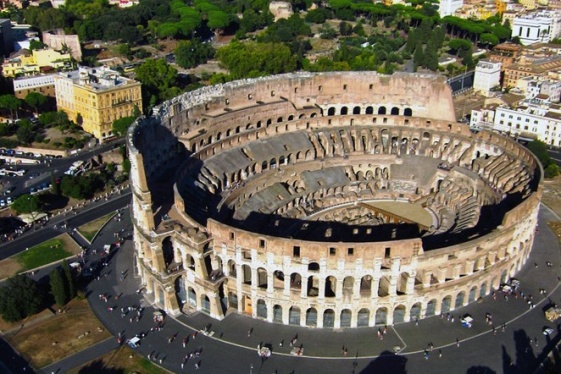

Sediments at the bottom of the ocean can offer a window into the past, indicating environmental conditions not just from the sea but washed in from terrestrial runoff, as well as preserving the flora and fauna of the time. Scientists access this knowledge by taking exploration cruises to core the seabed, bringing these cores to the surface for analysis in laboratories.
One such expedition, reported in The Holocene, recovered cores from the Gulf of Saint Eufemia, on the west coast of Calabria, Italy. Knowing the size of the basin from which the cores are obtained is important as it helps to identify the spatial distribution of where sediments and inclusions, such as pollen and spores, have been derived;
SOURCE: https://phys.org
You may be interested
-
'Phantom Limb': A Conversation With Dennis...
Dennis Palumbo is a thriller writer and psychotherapist in private practice. He's the auth...
-
Arnaldo Trabucco, celebrated medical practit...
Arnaldo Trabucco, MD, FACS is a leading urologist who received his medical training at ins...
-
Exciting Palatine. Interview with Clementina...
You can tell she fills with excitement when she has the chance to show an important archae...
-
ISSNAF medical imaging science chapter meeti...
AGENDA 12.00 – 12.15 Light lunch12.15 – 12.30Welcome addresses Lorenzo Mannelli, MD, PhD...
-
Italy, the importance of innovation for agri...
by Claudia Astarita The food farming sector is still one of the engines of Italia...
-
'Extinct' volcano near Rome is waking up and...
A volcano near Rome thought to be extinct appears to be waking up and entering a new erupt...
-
'Lovers of Modena' skeletons holding hands we...
The “Lovers of Modena”, a pair of skeletons so called because they were buried hand-in-han...
-
'The Precise Image of What Jesus Looked Like'...
One of the most-well known relics in archeological history is leading researchers to belie...










